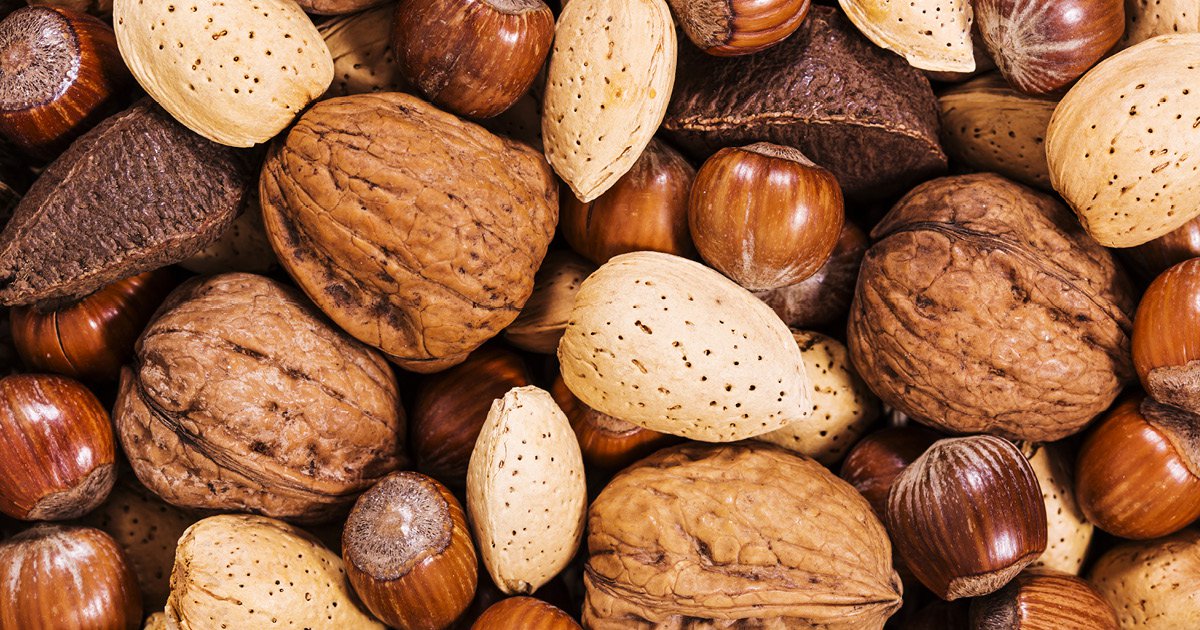



The tree nut business in Australia continues to be a national roaring success. The industry contributes significantly to the Australian rural and regional economy, with a farm gate value of over AU$1 billion in 2018. The tree-nut business is currently undergoing its most massive development in a decade, with new plantings taking place across the board. With a 5- to 10-year lead time, this diversification will bring the farm gate value to almost AU$1.7 billion by 2025. The growing output and expansion of orchard infrastructure have significant policy ramifications.
In Australia, tree nuts have been grown for over a century, and output has never been higher. The gross revenue per hectare varies from $20,000 to $30,000, with a return of $2,000 to $3,000 every megalitre of water used; these rates of return to the society are 10 to 20 times higher than the standard row crop returns. Strong markets, sound business strategies, and recent trade pacts with important export nations have all contributed to more than half a billion dollars in new investment every year to grow national output in recent years. In the last five years, macadamia growers have extended their production area by 5,000 hectares, with an annual investment of $150 million. The almond business has been investing $250 million per year in the installation of new orchards since 2016, and this trend is expected to continue for the next few years. As a result, by 2025, almond production is expected to increase by 74%.
This pattern may be seen in the nut industry as a whole. By 2025, chestnut production is expected to expand by 36 per cent above 2017-18 levels, while pistachio production is expected to increase by more than 88 per cent. Walnut production is expected to expand by 71% by 2025, while pecan production is expected to climb by 175%. Thanks to a large-scale investor who planted around 1 million trees in a new manufacturing area several years ago, hazelnut production is expected to expand by a staggering 21-fold by 2025. The rise of the nut industry brings more revenue to related industries like input suppliers, beekeeping, and plant nurseries. Macadamia seedlings have three-year waitlists at nurseries, which produce millions of plants each year. Many of the firms that would benefit are in regional locations.
Over the last 15 years, the sector has consistently increased domestic consumption by 6% every year. The domestic market’s retail industry worth exceeds $1.5 million every year (2018). Almonds, macadamias, walnuts, pecans, and chestnuts are exported to over 65 countries, with $750 million in annual sales (2018). Approximately 40% of all horticulture exports are made up of tree nuts. Almonds are the most important horticultural export product in the country. On the back of the current expansion wave, tree nut export sales are expected to increase by 75 per cent (to AU$1.3 billion) by 2025. In markets that value food safety, product quality, and supply chain reliability, most Australian nuts command a premium. Strategies to guarantee those market opportunities are used to the fullest extent possible.
Article by: Hari Yellina (Orchard Tech)